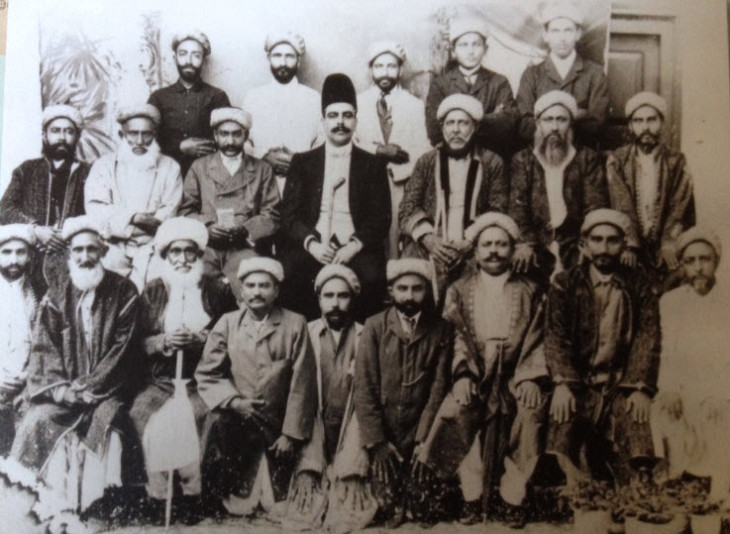The first set of Rules and Regulations that served as a constitution was issued by Imam Sultan Muhammad Shah in 1905 to the community settled in Zanzibar.
The earliest Nizari Ismailis to immigrate to East Africa from the Indian subcontinent established their foothold in Zanzibar in the 1800s although Ismaili merchants and other traders based in western India had been trading in western Indian Ocean since at least the 17th century.
The early Ismailis settlers in Zanzibar were farmers, who were compelled to immigrate due to successive droughts and famines that had caused economic hardships, also provoked by British industrialisation and economic policies. Eventually large numbers of community members of diverse backgrounds began to migrate. When Zanzibar became the Omani capital in 1832, it provided political stability and security as well as enhanced economic opportunities for traders to expand their businesses.
The first Nizari Ismaili jamatkhana in Zanzibar was established in the 1830s, with the appointments of mukhis and kamadias, during the time of the 46th Imam Hasan Ali Shah Aga Khan I (1804-1881). The darkhana of Zanzibar was officially opened by Imam Sultan Muhammed Shah (1877-1957) on August 16, 1905. Imam also issued the first Constitution in 1905, in Gujarati, under the title Khoja Shia Imami Ismaili Counsilna Kayadani Book: Prakaran Pelu thata Biju (The Rule Book of the Khoja Shia Imami Ismaili Council: Parts 1 and 2).

This document was instituted along with the establishment of the first Supreme Council for Africa.

“The new administration was organised into a hierarchy of councils at the local, regional, and national levels. The constitution also set out rules in matters of marriage, divorce and inheritance, guidelines for mutual cooperation and support among Ismailis, and their interface with other communities” (AKDN).
In March 1906, the Ismaili community in Gwadur (now in Pakistan) received the Constitution.

The Constitution “re-affirmed the centuries-old centrality of the Imam’s absolute authority over the affairs of his community. It also served to articulate the distinctive religious identity of the Ismailis” (The Ismailis, An Illustrated History p 203).
In 1952, Imam Sultan Muhammad Shah called a conference of councillors from East Africa at Evian in France, to discuss their future needs, resulting in the revised Constitution of 1954. The Constitution was revised several times over the years.
“Mawlana Hazar Imam has extended this constitutional governance to other regions of the world – from Afghanistan and South Asia, through the Middle East and sub-Saharan Africa, to Western Europe and North America” (AKDN). On December 13, 1986, Hazar Imam ordained a universal Ismaili Constitution in Geneva for the global Ismaili community. A revised version was issued in 1998 to include new institutions established and new jurisdictions with Councils.


(E) “From the time of the Imamat of Hazrat Mawlana Ali (A.S.), the Imams of the Ismaili Muslims have ruled over territories and peoples in various areas of the world at different periods of history and, in accordance with the needs of the time, have given rules of conduct and constitutions in conformity with the Islamic concepts of unity, brotherhood, justice, tolerance and goodwill.”
(F) Historically and in accordance with Ismaili tradition, the Imam of the time is concerned with spiritual advancement as well as improvement of the quality of life of his murids, The Imam’s Ta’lim lights the murids’ path to spiritual enlightenment and vision. In temporal matters, the Imam guides the murids, and motivates them to develop their potential.”
The Constitution of the Shia Imam Ismaili Muslims
Sources:
The Ismaili Community, Aga Khan Development Network
Farhad Daftary, Zulfikar Hirji, The Ismailis An Illustrated History, Azimuth Editions
